Meet the new program introduced by IMAX titled as “Filmed In IMAX”, which is a new partnership with the world’s leading camera manufacturers to meet filmmaker demand for The IMAX Experience®. The certified cameras are ARRI ALEXA LF, MINI LF, Panavision Millennium DXL2, RED Ranger MONSTRO, Sony’s VENICE, and of course the ARRI ALEXA 65 IMAX. Read on.
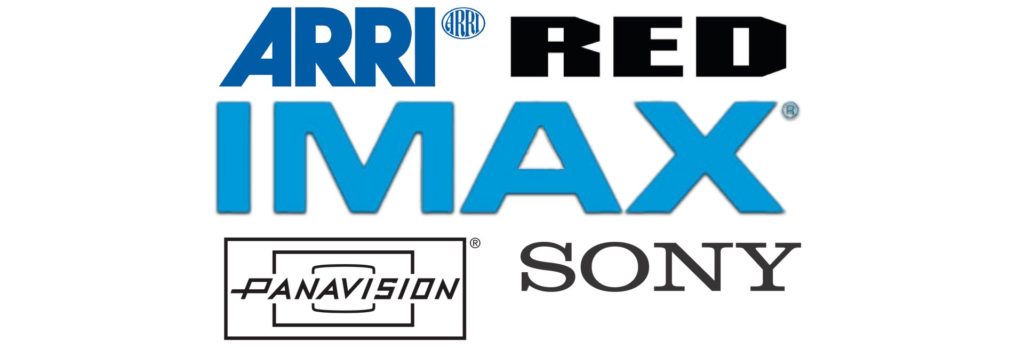
“Filmed In IMAX” Program
To simplify the explanation, you should think of this program like the IMAX camera requirements specification list. For instance, if Netflix has its own image requirement specifications that contain cameras that are “Netflix Approved”, then the “Filmed In IMAX” includes the cameras certified for the huge canvas imagery. As stated by IMAX: “Through the program, IMAX will certify high-end, best-in-class digital cameras with leading brands including ARRI, Panavision, RED Digital Cinema and Sony to work in the IMAX® format when paired with its proprietary post-production process”.
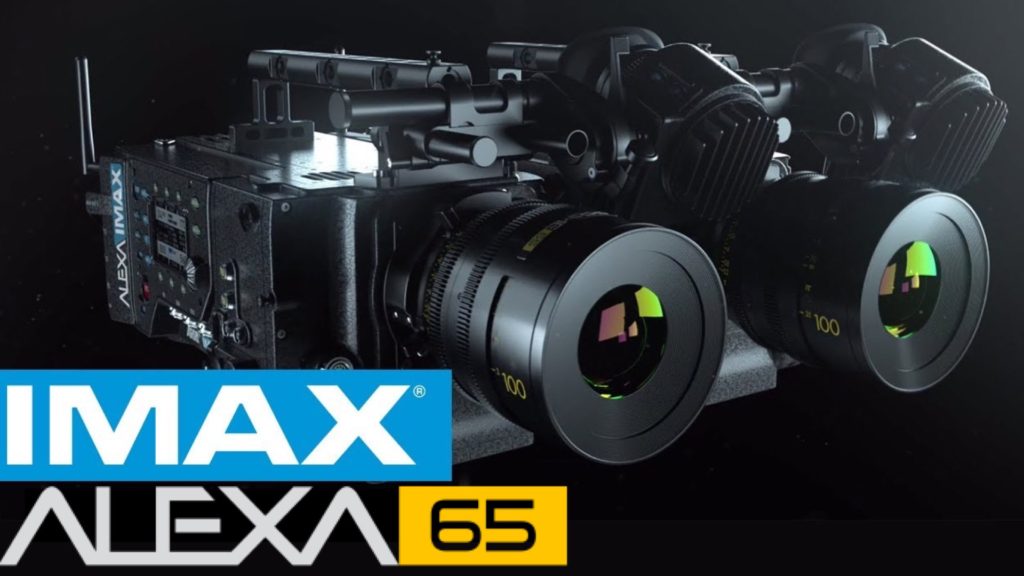
‘Top Gun: Maverick’ and ‘Dune’ are the first
According to IMAX, “Top Gun: Maverick,” shot with Sony’s VENICE, and “Dune,” shot with the ARRI ALEXA LF, will be among the first releases certified as “Filmed in IMAX” through the new program. Read our article about the VENICE apparatus assembled to boost the big-screen experience (Top Gun: Maverick – Six Sony VENICE Cameras Inside a Fighter-Jet Cockpit). This is a solid reference for IMAX approved without shooting with IMAX cameras. “This program will help IMAX work with a broader and more diverse group of top filmmakers, sparking new and exciting collaborations that can take advantage of our proprietary technology and global theatrical platform,” says Megan Colligan, President of IMAX Entertainment.
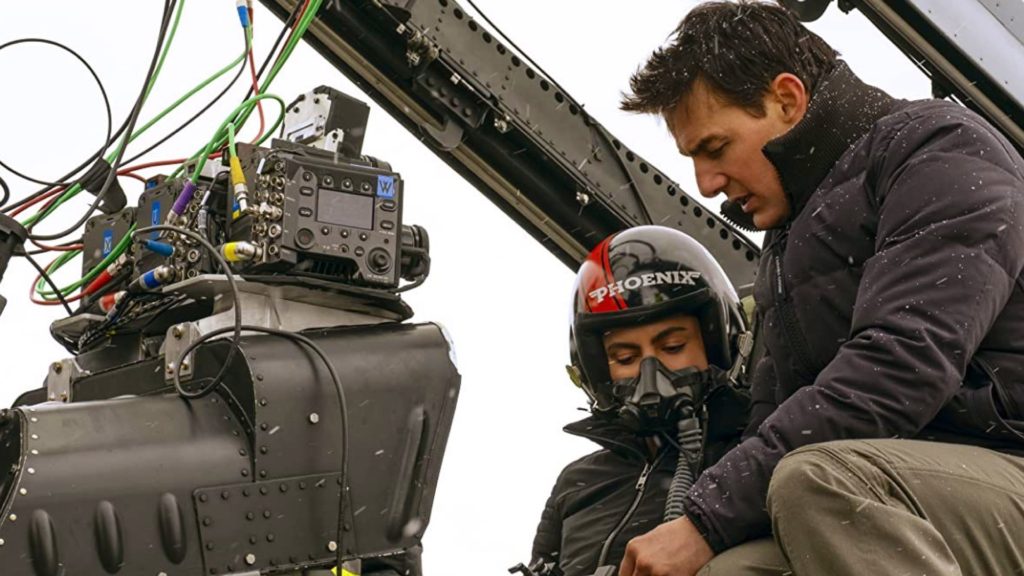
This program will help IMAX work with a broader and more diverse group of top filmmakers, sparking new and exciting collaborations that can take advantage of our proprietary technology and global theatrical platform.
Megan Colligan, President of IMAX Entertainment
Certified cameras: ALEXA LF, MINI LF, 65, Panavision DXL2, RED Ranger MONSTRO, and Sony’s VENICE
The new program certifies the ARRI ALEXA LF and MINI LF, Panavision Millennium DXL2, RED RANGER MONSTRO, and Sony’s VENICE cameras along with the ARRI ALEXA 65 IMAX camera previously announced with ARRI Rental. As part of the program, IMAX will also certify independent camera rental houses that can supply certified cameras worldwide, starting with Panavision, ARRI, and Keslow Camera. IMAX will select only a limited number of films to participate in the program each year.
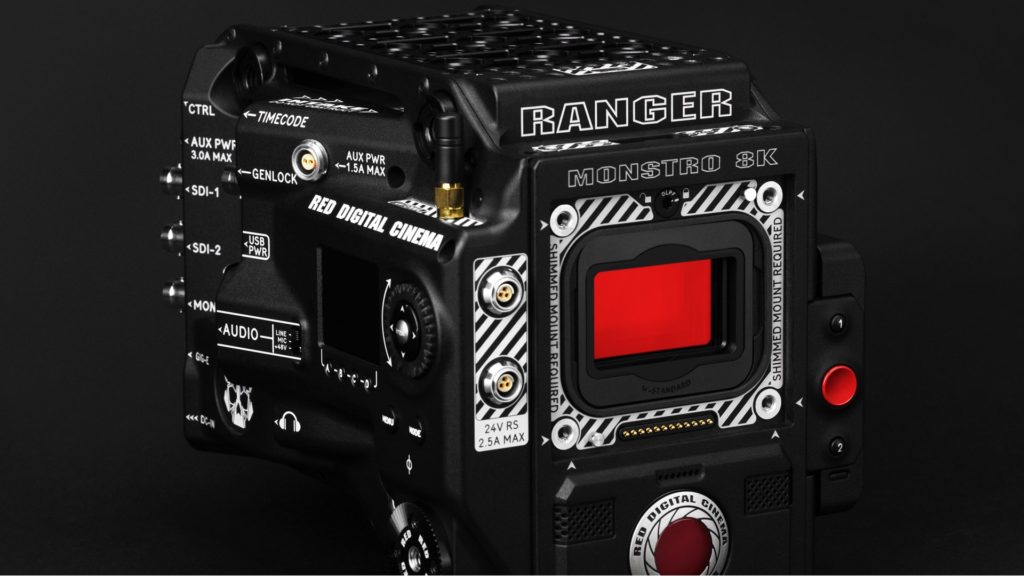
The company will implement best practice guidelines for each production to take advantage of each cameras’ highest possible capture qualities and settings in order to maximize The IMAX Experience – including IMAX’s exclusive expanded aspect ratio, which delivers audiences at least 26% more picture than standard theatres. In addition, IMAX will utilize its expertise to work with each partner across R&D, production testing, and post-production to achieve the highest level of digital image capture for optimized playback on IMAX’s proprietary projection systems.
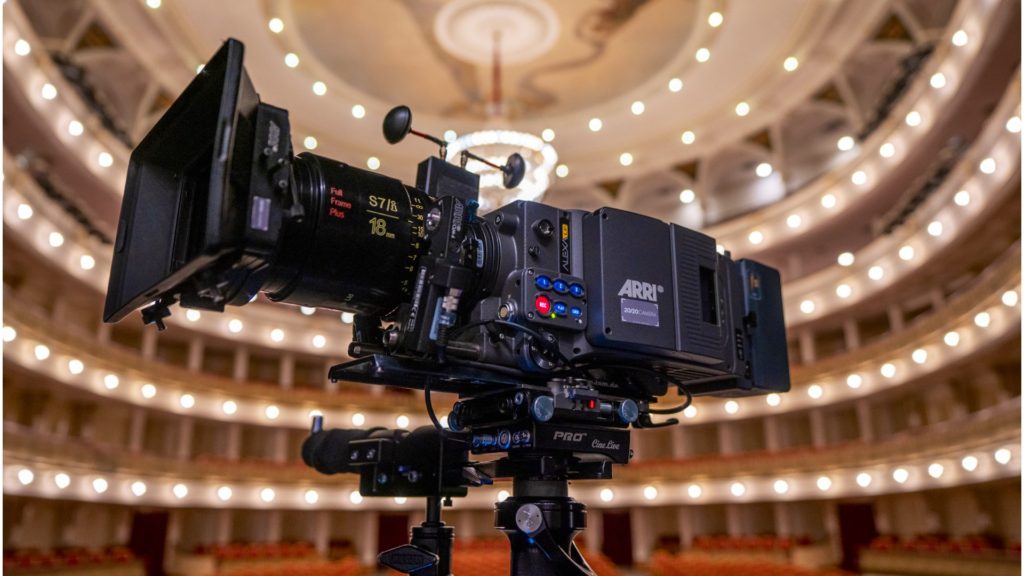
Initial thoughts
A possible reason I can think of about the initiation of this program is the elevation of cameras that can shoot ultra-high resolution imagery and are claimed to be good enough for the IMAX screen (10K and beyond for instance). Most probably, IMAX wants to certify its own cameras to be legit in order to deliver a real IMAX experience and to supervise the process.


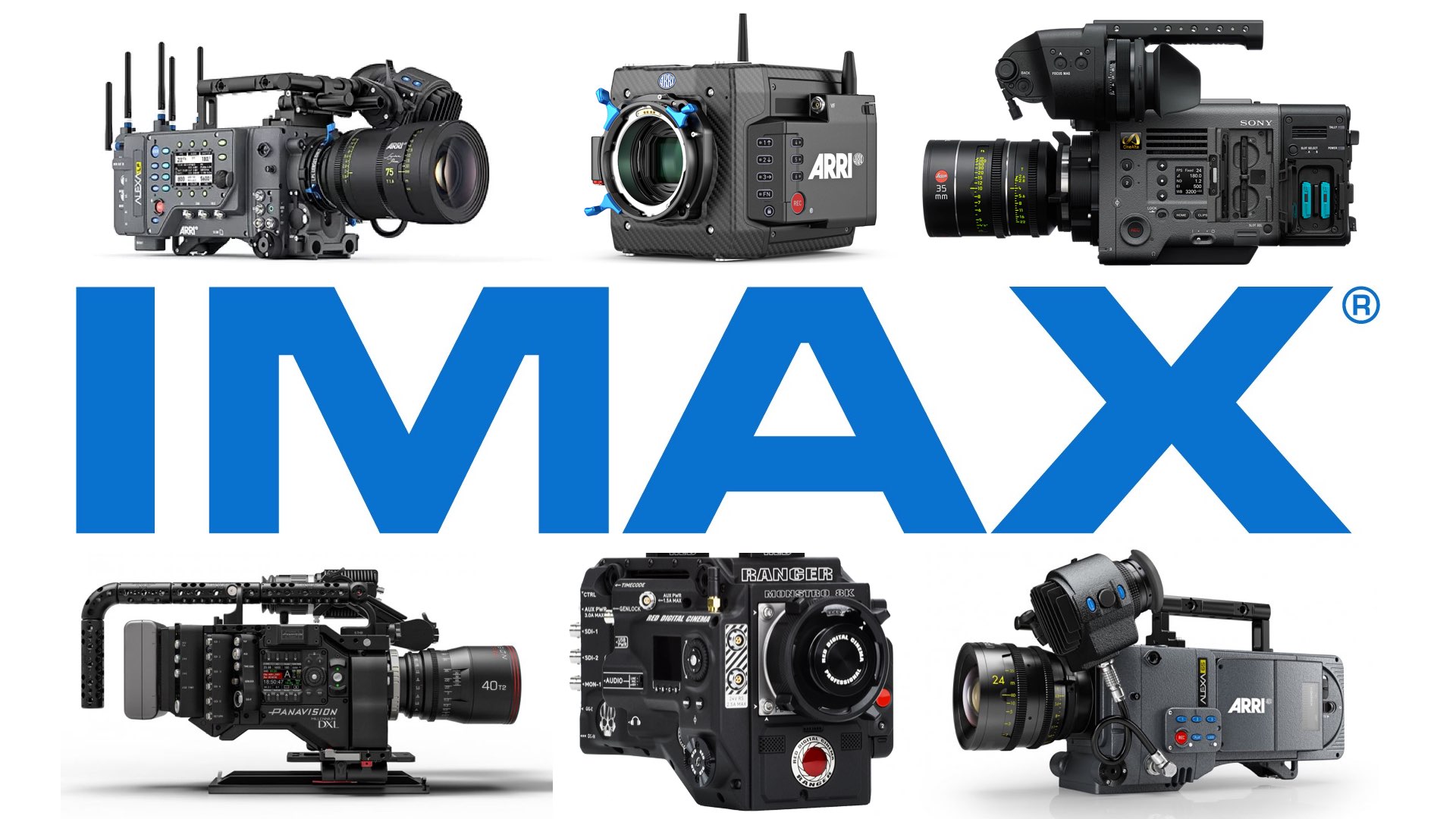


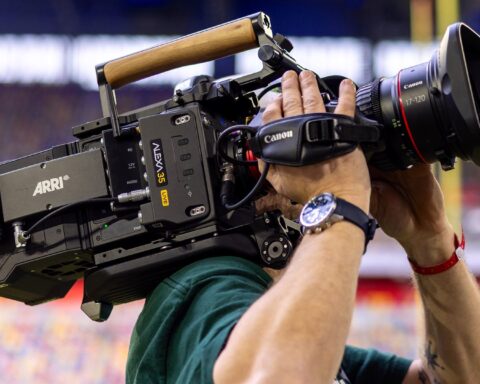
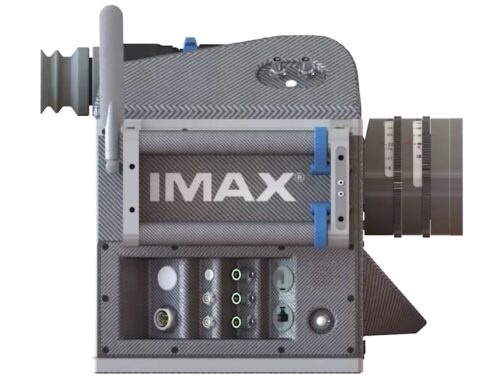



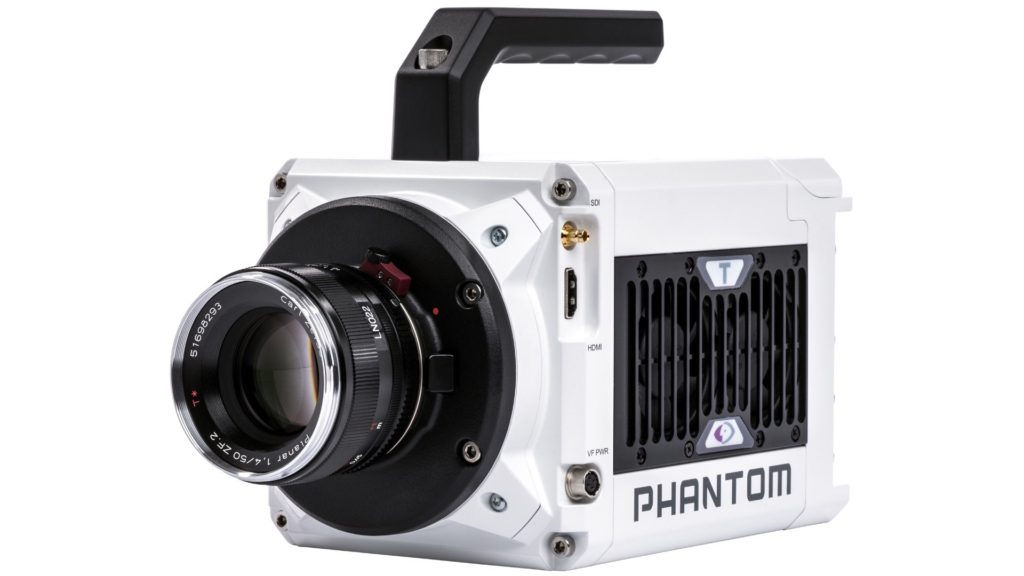
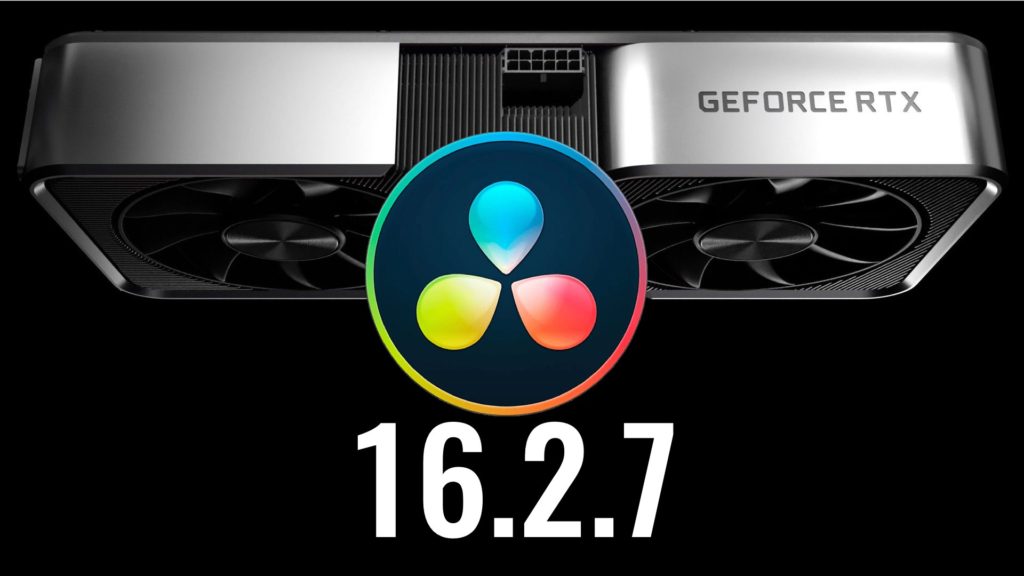
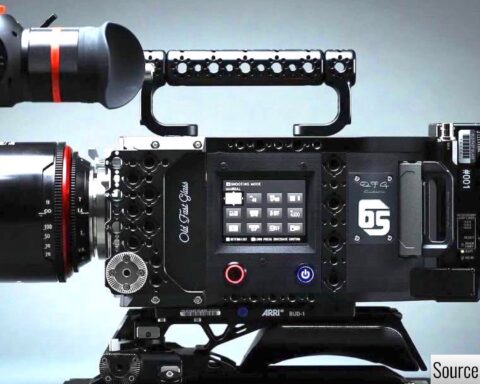
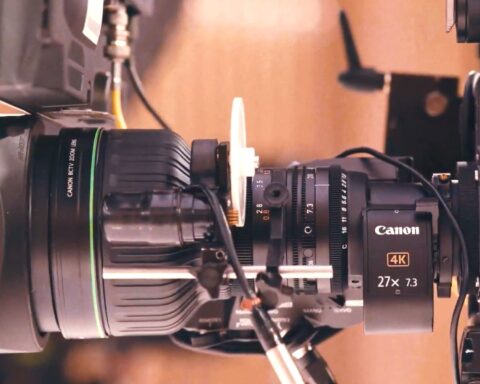
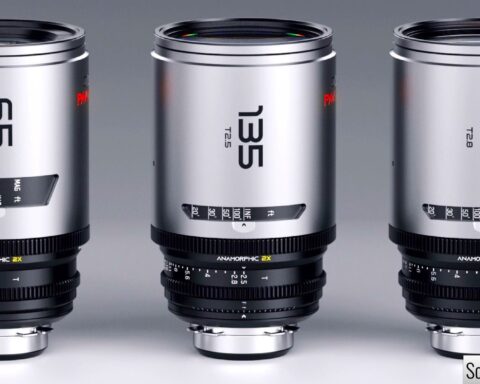
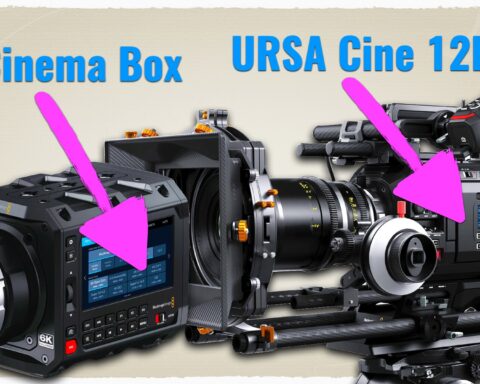


I love IMAX but I find this annoying. Shooting with an aperture smaller than 70x50mm just isn’t IMAX. I understand the logic, IMAX needs to make money but you can’t cheat the physics when aperture size is involved. The DOF, the FOV, the magnification and several other physical characteristics are determined by the size of the aperture. It’s amazing how much the image changes as the gate gets larger. It’s damn cool. IMAX is nearly 2x more magnification then a vista vision aperture, that’s an incredible difference. LF just isn’t there, by the nature of the physics. We need a 15/70 digital cinema camera if we want to take digital IMAX seriously. What makes IMAX so cool is the physics of light passing through a large aperture, not just the resolution of the image.
—
Absolutely agreed.
Nothing’s like shooting on a real IMAX camera.
However, with the growing trend of pushing up pixels to 12K and beyond, and claiming those cameras are legit for IMAX, there is a need for a foot pushing the breaks.
I’m a little confused by the terminology. 70X50 isn’t an aperture (as referred to in filming). It’s a film format or could be considered the gate size of a camera. The aperture that determines DOF is the iris of the lens as in lens opening and is defined by the term F stop. The field of view is determined by the focal length of the lens chosen. Be it at 70×50 or 36×25 all light passing through the lens aperture converges and crosses at the focal point and lands upside down and backward on the film or sensor.
The image circle of a particular lens must cover the format of the film (gate) or image sensor. The resolution of the film frame or image sensor will determine picture quality given lenses of comparable quality are used. Typically manufacturers create higher resolving power lenses for the smaller formats. They only need to match the film or sensors so as not to effect them.
The question is: Is the DOF of an image of a 6′ person filling the frame on a 36×25 mm format equal to the DOF on a 70x50mm format when using a standard focal length lens on each camera? DOF is a product of the aperture of the lens given equal focal lengths of the formats. Even though side by side, the 6′ tall man’s image is only 25mm on the digital camera and it’s 50mm on the IMAX format, is not the DOF proportionate to the physical size reduction? This becomes a matter of resolution if so.
Apart from the DOF issue, to me a big advantage of the digital technology is the sensitivity to light. When you can change the asa without changing film loads you have an advantage to alter the DOF by changing the asa setting to allow a different F stop when shutter speed can not be changed in a situation.